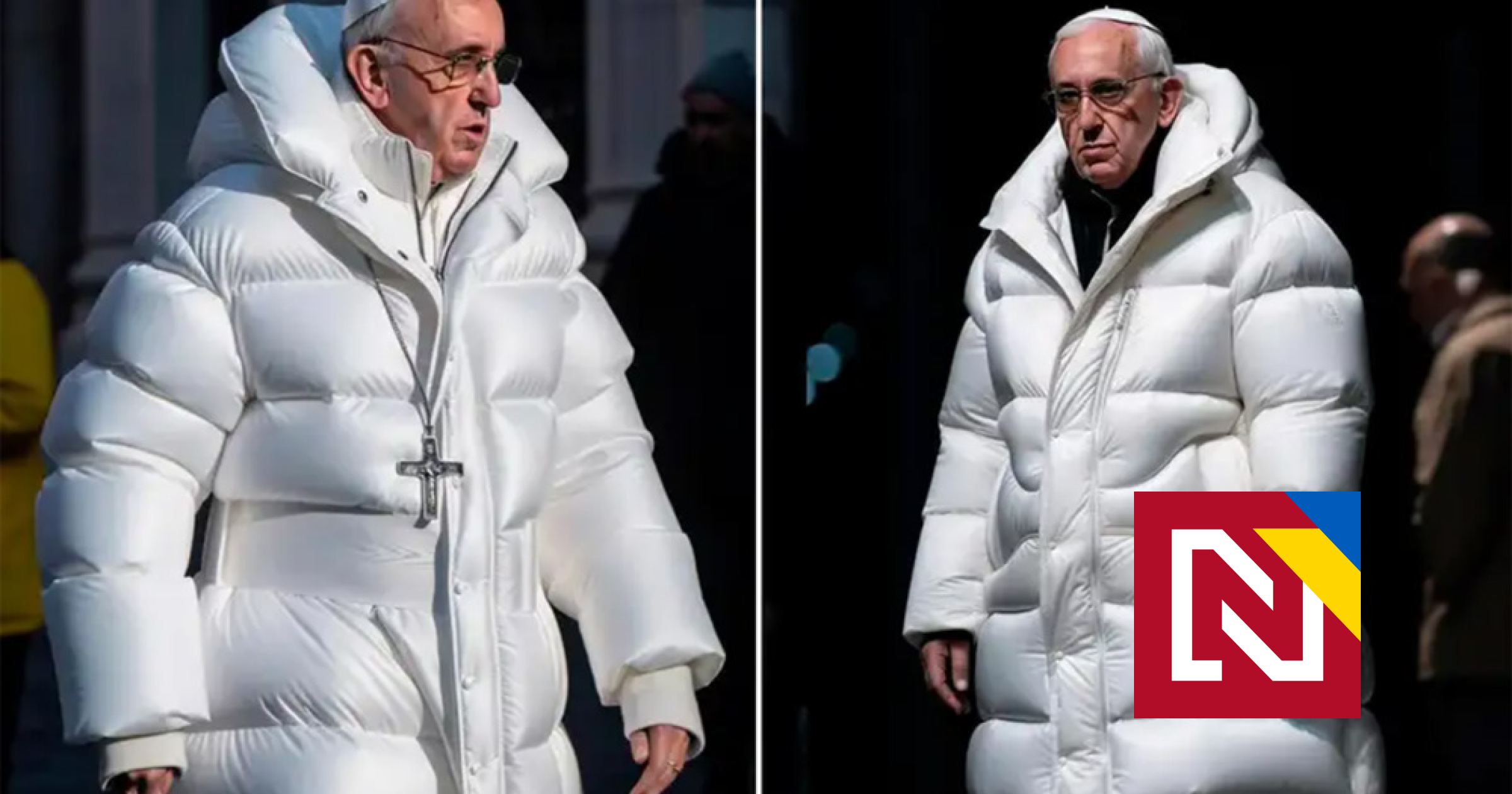The author is a Bloomberg Opinion commentator
Russian pop music producer Iosif Prigozhin (not to be confused with Yevgeny Prigozhin, founder of the mercenary Wagner group) publicly supports Vladimir Putin and the Russian invasion of Ukraine. However, at the beginning of March, a recording of Prigozhin’s telephone conversation with the sanctioned billionaire Farchad Akhmedov was leaked on YouTube, where it is full of swear words. Both curse “Satan” Putin, his greedy and incompetent team and his stupid war.
The content of the conversation is not very interesting. The insults and complaints are good for a laugh, but ultimately the record doesn’t offer anything particularly revelatory. A year after the invasion, it is hardly new information that Putin has dragged Russia into war against the will of his hedonistic business elite, that this elite resents the inconvenience of sanctions but will not publicly stand up to Putin because that would be a sure path to ruin. . But what is remarkable about the leak is Prigozhin’s defense: he claims that the conversation, or at least parts of it, was generated by artificial intelligence – and today it is impossible to prove otherwise.
A qualitative leap
“Neural networks are doing all kinds of miracles today,” Prigozhin said in one interview. “This record is a mixture of sentences we said and sentences that were created but we never said.”
Now that the world has seen realistic-looking footage of Putin being arrested and tried in The Hague, Putin bowing before the sovereign Xi Jinping, Donald Trump trying to resist arrest but still ending up in jail, Pope Francis walking around in a fake coat Balenciaga, why shouldn’t he approach the allegedly deeply fake phone call between two rich Russians who curse at their president? Now that a great language model can convincingly mimic the style of any writer—living or dead—why couldn’t he do the style of a tipsy music executive?
Some people will claim to be able to instantly tell if a digital object – an image, text, audio or video file – has been created by artificial intelligence, and they already do. They noticed that the pope in the viral picture has a weird looking hand, his glasses aren’t quite right, and he wouldn’t be wearing anything like that anyway. Experts claim that it would be almost impossible, even if not 100 percent, to falsify the recording of Prigozhin and Akhmetov in whole or in part. However, I would not trust such claims as they may be based on past expertise. But these are revolutionary times, and the qualitative jump in the delivery of artificial intelligence services such as ChatGPT and Midjourney is so huge that it would be short-sighted not to expect a fully realistic output in the foreseeable future. The ease of generating any kind of output seems to be increasing exponentially already. No doubt there will be more coming our way – “until falsehood is true, until day is night, until wrong is right,” as Iggy Pop once sang. Most people won’t even bother to look closely enough at the thing, let alone use some of the complex tools that will be required to verify a media file.
More confusion
Until now, the creation of a good deepfake creation has been of media interest.
